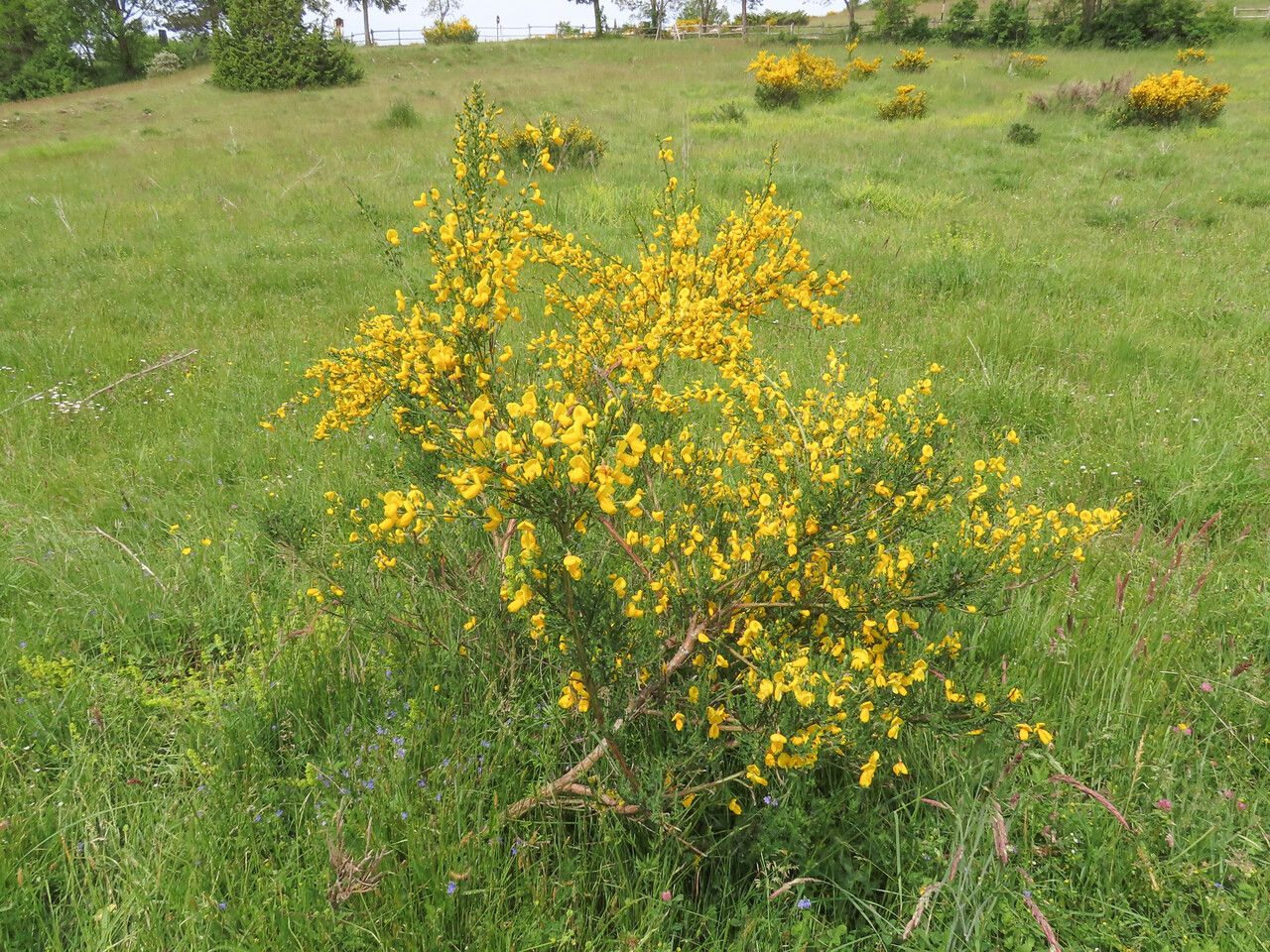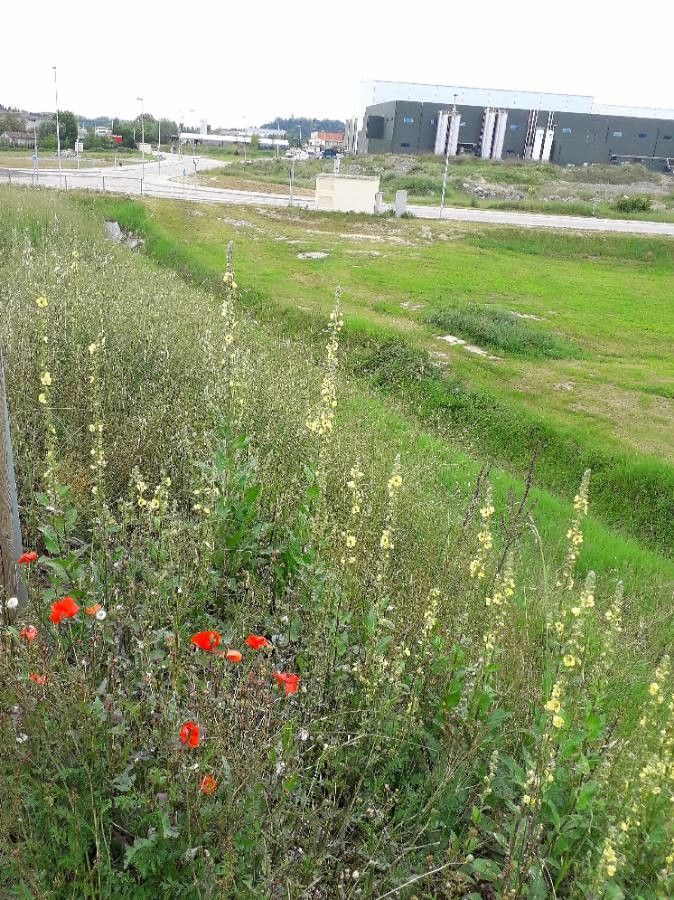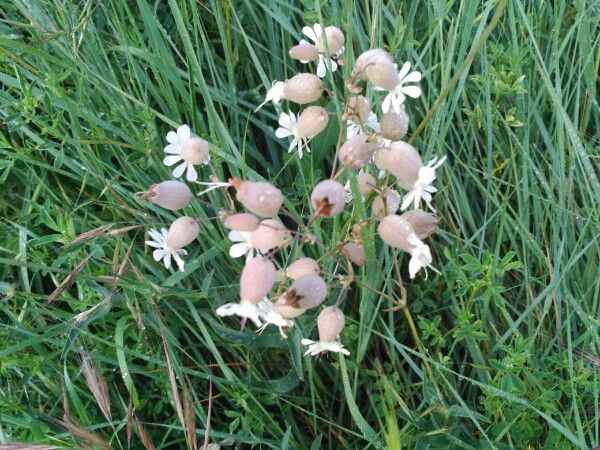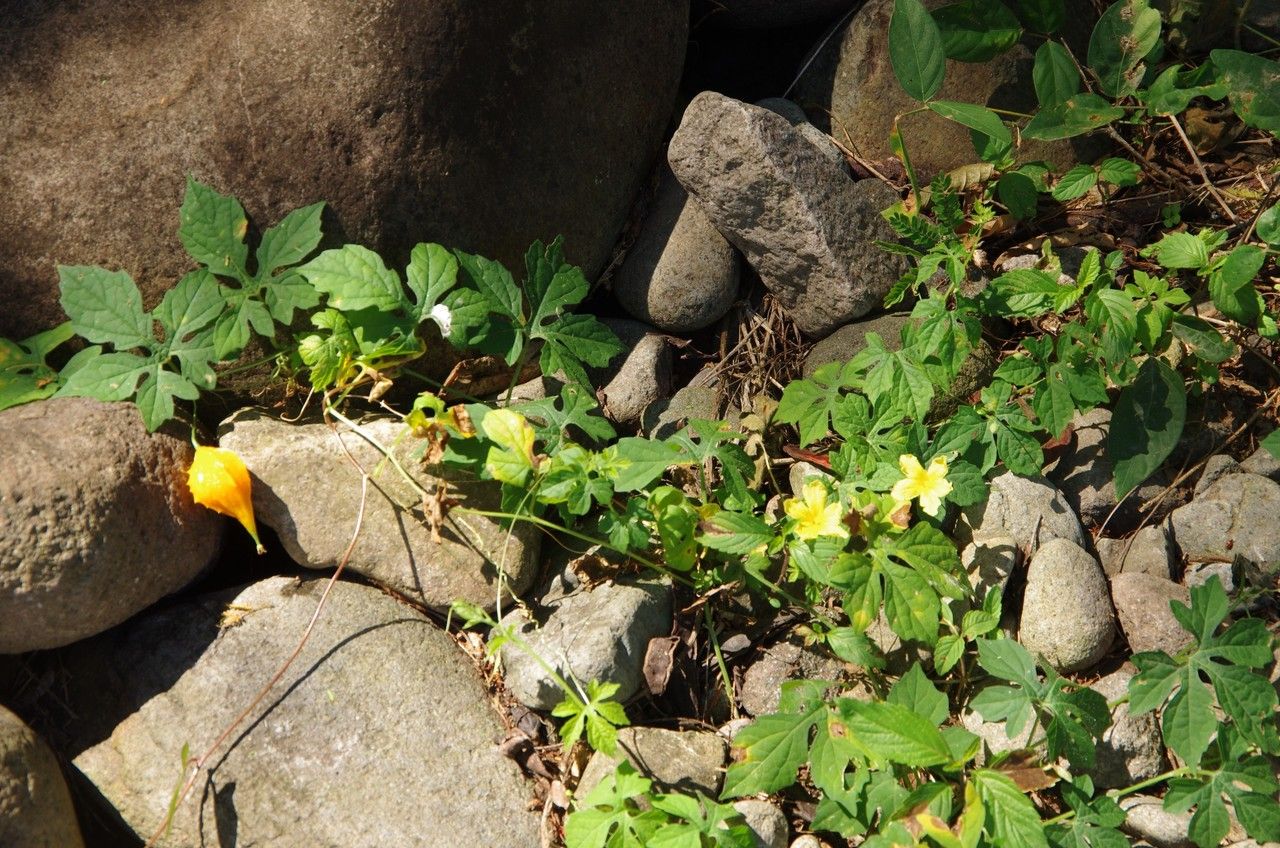### European Broom: A Golden Jewel for Your Garden
The European Broom ( *Cytisus scoparius*), a member of the Fabaceae (pea) family, is a captivating flowering shrub renowned for its vibrant golden-yellow flowers and graceful, upright habit. Native to Europe and western Asia, this hardy plant has become a popular addition to gardens worldwide, appreciated for its striking beauty and relatively low-maintenance nature. However, its vigorous growth habit should be considered when selecting a planting location.
### Habitat and Growth
In its natural habitat, European Broom thrives in sunny, open areas, often found on hillsides and woodland edges. It prefers well-drained soil, tolerating even poor, sandy conditions. This adaptability makes it a resilient choice for various garden settings, though it can struggle in overly wet or compacted soils. It can grow up to 10 feet tall and 6 feet wide, making it a substantial addition to larger gardens or borders. Remember, European Broom is often considered an invasive species in some regions, so check your local regulations before planting.
### Sun Exposure and Soil Needs
European Broom demands abundant sunlight—at least six hours per day—to flourish. Partial shade may be tolerated, but it will significantly reduce flowering. The soil should be well-draining; heavy clay soils are unsuitable. While it's adaptable to different soil types, it performs best in slightly acidic to neutral pH levels. Adding organic matter, like compost, at planting time improves soil drainage and fertility.
### Planting and Care
Planting European Broom is relatively straightforward. Dig a hole twice the width of the root ball and plant at the same depth as it was growing in its container. Water thoroughly after planting and regularly during dry periods, especially during the first growing season. Established plants are quite drought-tolerant. Pruning isn't essential but can be done after flowering to maintain shape and size. Deadheading (removing spent flowers) encourages more blooms.
### Propagation
European Broom can be propagated from seeds or cuttings. Seeds require scarification (breaking the seed coat) to improve germination rates. Cuttings, taken from semi-hardwood in summer, are generally more successful. Planting in the fall allows for good root establishment before spring growth.
### Potential Problems
While generally pest- and disease-resistant, European Broom can be susceptible to fungal diseases in poorly drained soils. Good air circulation and proper spacing help prevent these issues. Also, be mindful that it can self-seed readily, leading to potential spread beyond the desired area.
### Uses in Landscaping
European Broom's striking golden flowers make it a visually appealing choice for borders, slopes, and naturalistic gardens. Its ability to tolerate poor soils makes it suitable for areas where other plants struggle. However, its invasive potential should be considered before planting in areas prone to weed spread.
### Conclusion
European Broom adds a splash of golden brilliance to any garden. With its minimal care requirements and stunning display of flowers, this plant is a rewarding addition for both novice and experienced gardeners. However, responsible planting and awareness of its invasive potential are crucial for ensuring its beneficial contribution to the environment.
European Broom: A Guide to Planting & Care

Frequently Asked Questions
How to grow European Broom successfully?
Plant in full sun, well-drained soil, water regularly during dry periods, especially when young. Avoid overwatering and heavy clay soils. Prune after flowering to maintain shape.
What soil does European Broom need?
European Broom thrives in well-drained soil, tolerating poor or sandy conditions. Avoid heavy clay soils which retain too much moisture. Slightly acidic to neutral pH is ideal.


